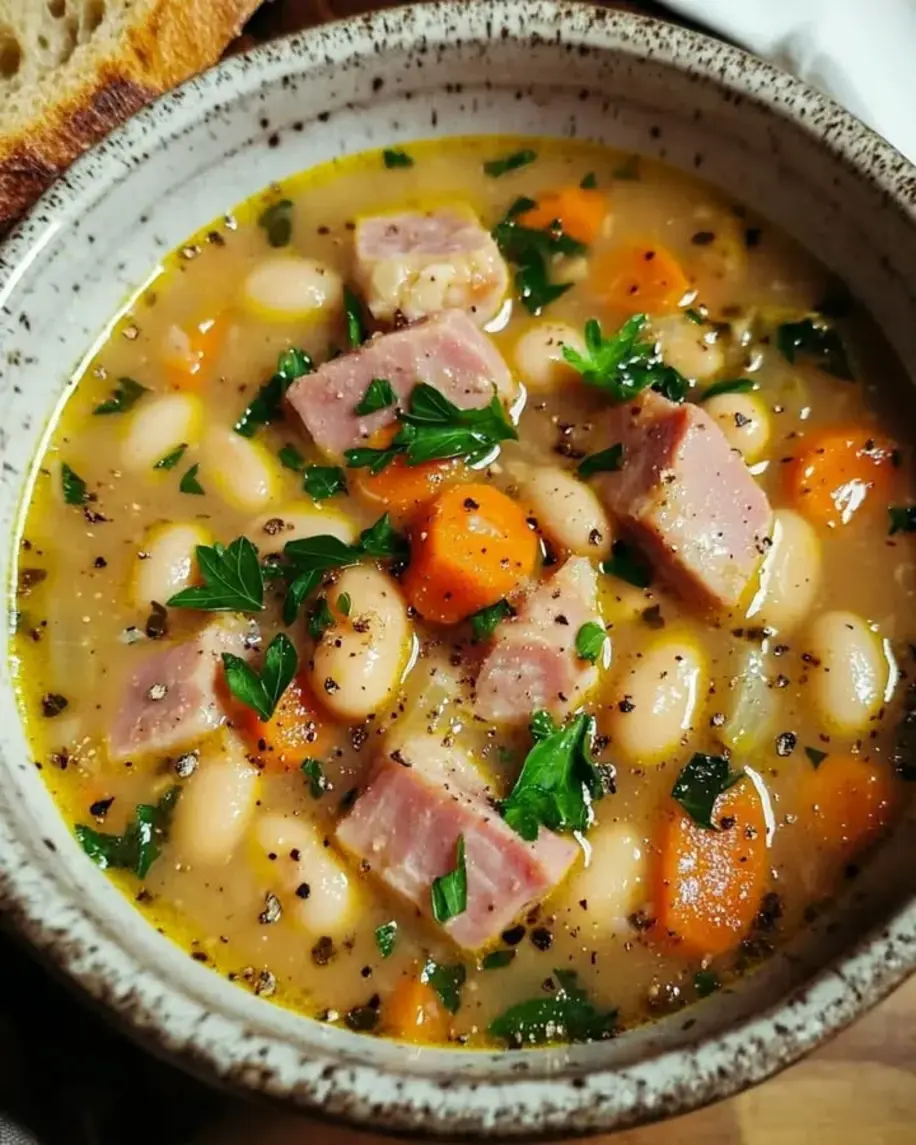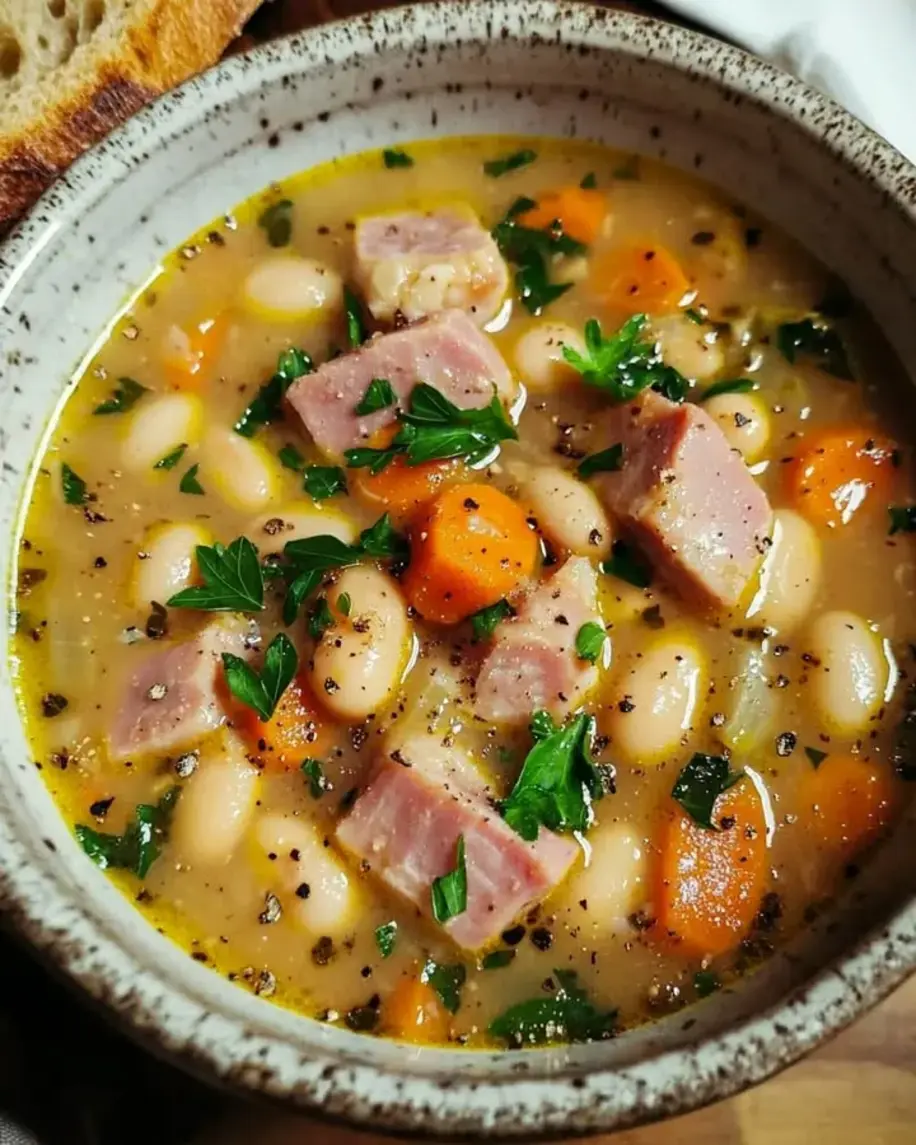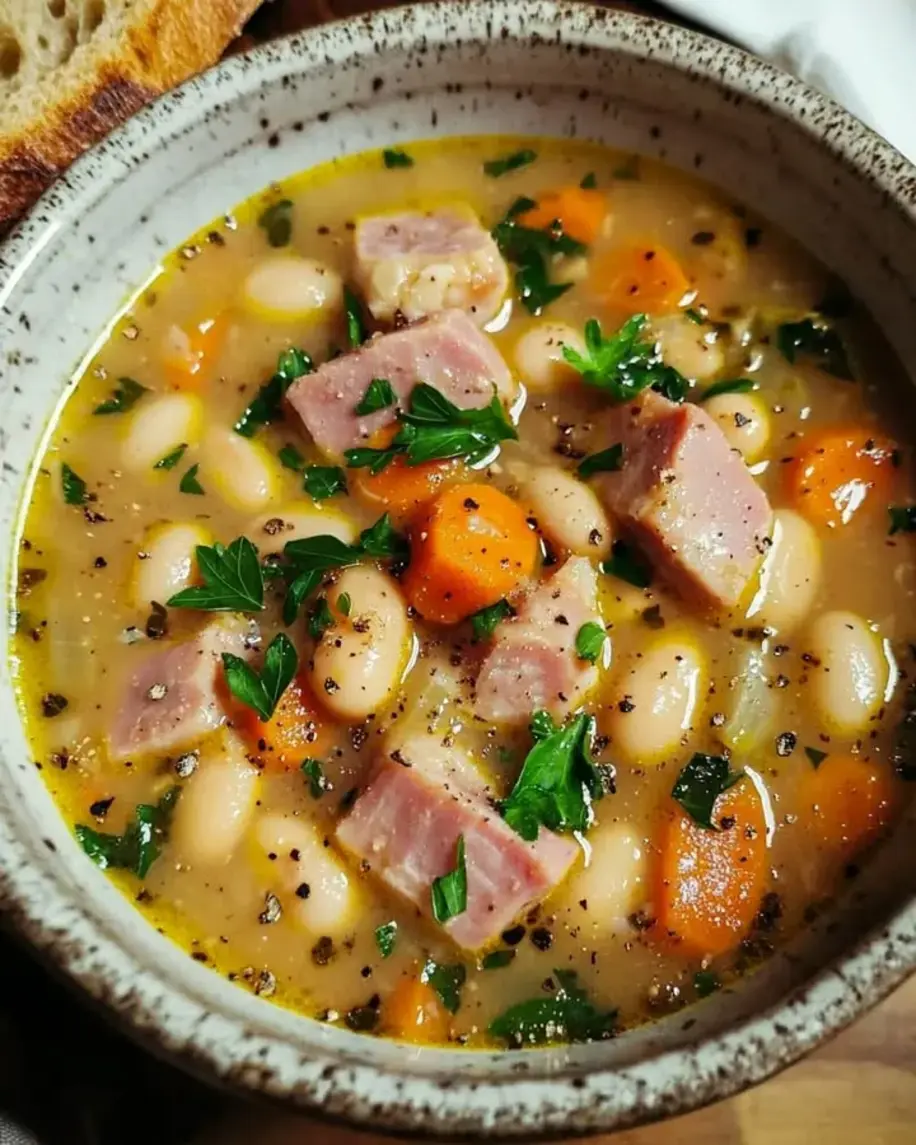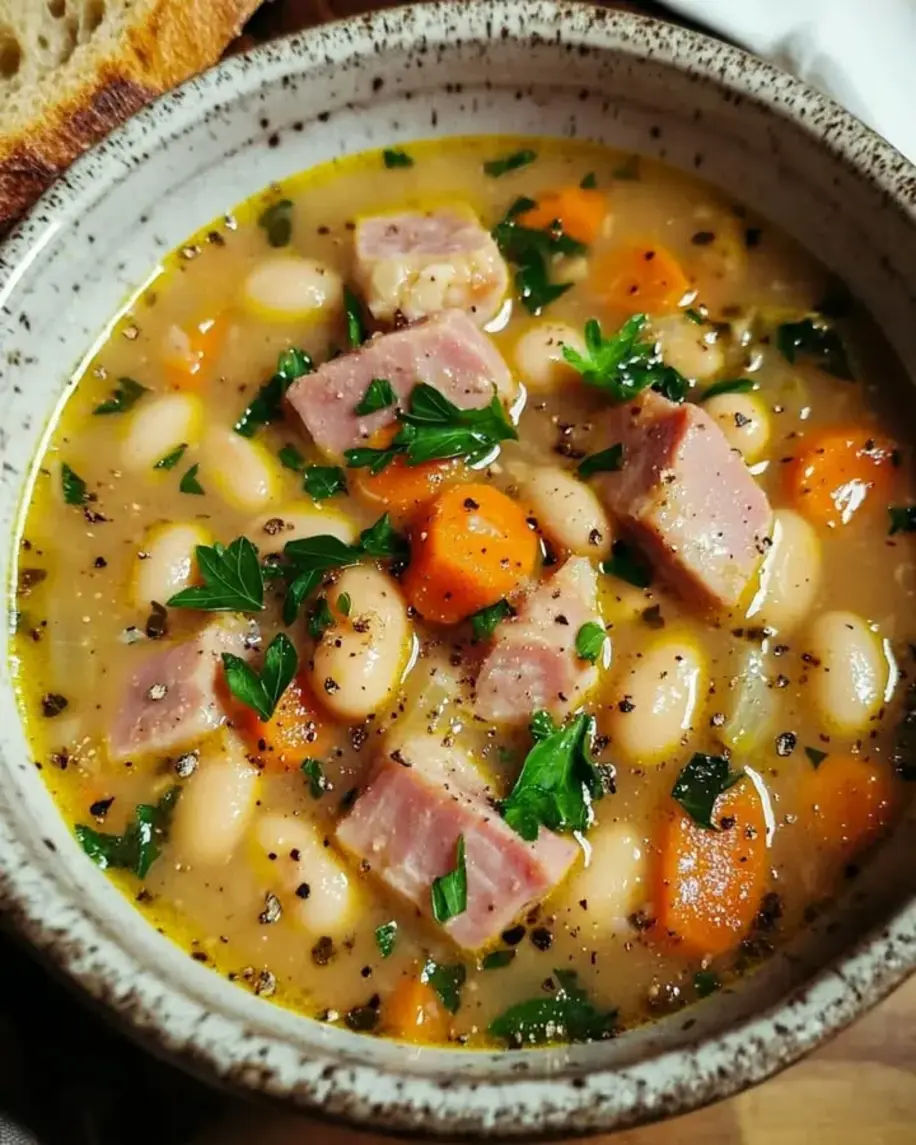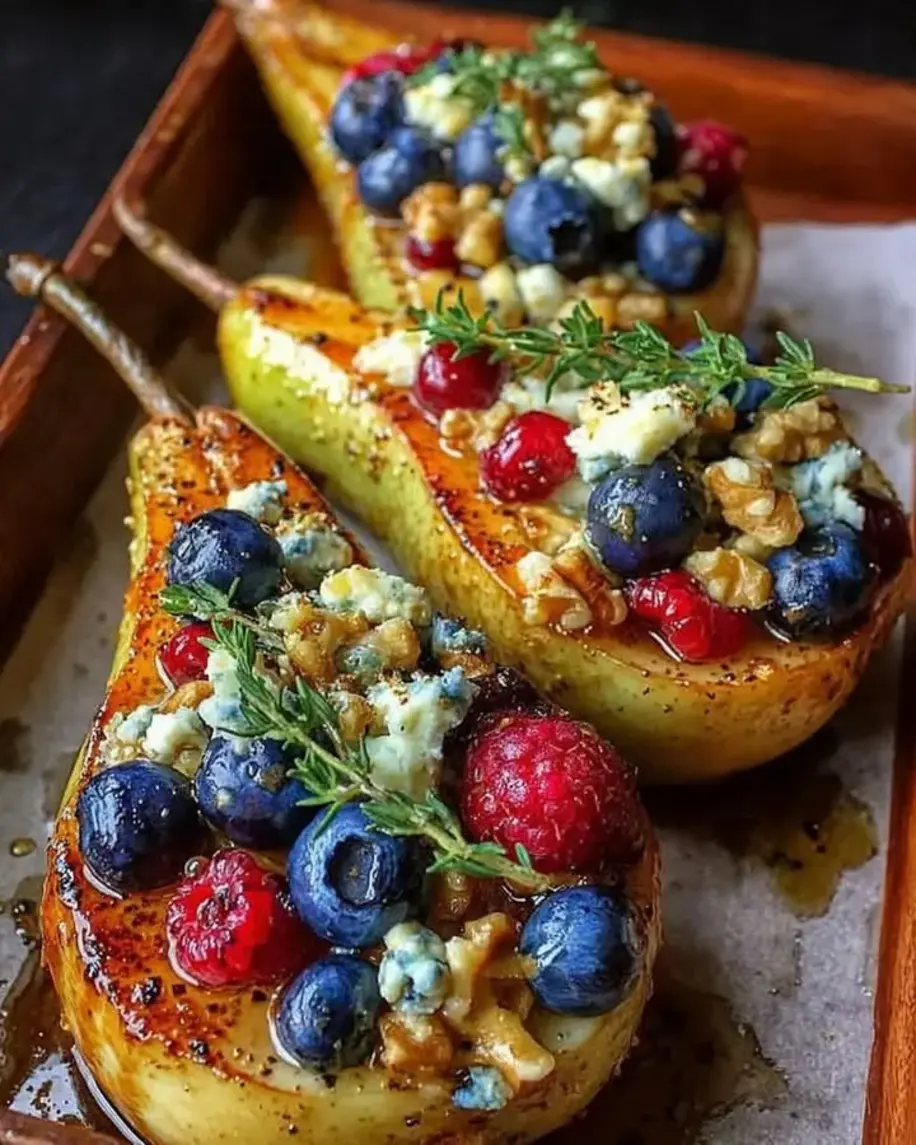Table of Contents
Easy French Onion Soup: The Only Recipe You’ll Ever Need
If you’re craving a bowl of warm, soul-soothing easy French onion soup on a chilly evening, you’re not alone. Imagine transforming simple pantry staples into a luxurious, caramelized delight without spending all day in the kitchen—thanks to our efficient caramelization technique that cuts caramelizing time while delivering that signature deep, rich flavor. This easy French onion soup recipe has been a game-changer for busy home cooks like me, turning what can be a labor-intensive classic into a quick, foolproof meal that rivals restaurant versions. Whether you’re a novice or a seasoned chef, this homemade version will have you ladling up seconds in no time.
Sink your spoon into this easy French onion soup and experience the symphony of flavors: the onions caramelize to a sweet, melt-in-your-mouth tenderness, balanced by the savory depth of beef broth and a hint of aromatic thyme. The texture is pure comfort—thick, hearty broth with crispy, toasted baguette croutons that contrast delightfully with the gooey, bubbling Gruyere cheese on top. Each bite releases an irresistible aroma of garlic and wine, evoking the cozy bistros of Paris, making it impossible to resist another helping. It’s not just soup; it’s a warm hug in a bowl that awakens your senses and satisfies your soul.
What sets this easy French onion soup from exorecipes.com apart is our commitment to simplicity without sacrificing authenticity, drawing from Chef Sally’s expertise in French cuisine. We’ve tested and refined this recipe multiple times to ensure it’s the best, most reliable version online, complete with a “Chef’s Secret” for achieving perfect caramelization every time. You’ll learn insider tips, ingredient swaps, and FAQs that build your confidence in the kitchen, making you feel like a pro. Stick around for step-by-step guidance that guarantees success and elevates your cooking game—let’s dive in!
Why This Easy French Onion Soup Recipe is a Game-Changer
Our unique angle lies in the “Efficient Caramelization Technique,” a streamlined method that ensures golden, flavorful onions in less time than traditional recipes, making this the best French onion soup for modern kitchens. Unlike standard approaches that demand constant stirring for over an hour, we incorporate a few strategic tips—such as using medium heat and occasional deglazing—to lock in that sweet, nutty essence without the hassle. This not only saves time but also enhances the overall flavor profile, creating a richer, more balanced homemade French onion soup that’s accessible to everyone.
The unbeatable texture comes from the science of slow cooking: caramelizing the onions breaks down their natural sugars, producing a velvety broth that clings perfectly to the croutons. High-quality unsalted butter plays a key role here, as it prevents the onions from burning and adds a creamy base that emulsifies with the beef broth for a luxurious mouthfeel. We’ve tested this recipe dozens of times to confirm that this technique yields consistent results, no matter your experience level.
This recipe is foolproof for a reason—it’s been rigorously tested in real home kitchens to eliminate common pitfalls, ensuring every batch turns out perfectly. From precise measurements to timing cues, you can trust this quick French onion soup guide to deliver success, making it the single best resource for mastering this French classic.
Easy French Onion Soup: Ingredient Spotlight: Quality Makes the Difference
Yellow Onions: These are the star of any French onion soup recipe, providing the base for that signature sweet and savory caramelization. High-quality, fresh yellow onions release natural sugars when cooked low and slow, creating deep flavors that elevate your soup. Opt for firm, medium-sized ones to ensure even slicing; if unavailable, sweet onions like Vidalia can substitute for a milder taste, though they might alter the traditional tang.
Unsalted Butter: This ingredient adds a rich, creamy foundation to your easy French onion soup, allowing precise control over seasoning. Using high-fat, European-style butter enhances the soup’s velvety texture and prevents the onions from sticking. If you’re watching your sodium, it’s irreplaceable for its pure flavor—substitute with ghee for a dairy-free option, but expect a slight nutty twist that complements the caramelization.
Garlic: Just two cloves of fresh garlic infuse a fragrant, aromatic depth into your homemade French onion soup, balancing the sweetness of the onions without overpowering. Choose firm, plump bulbs for the best flavor; minced garlic from a jar works in a pinch, but fresh is superior for that punchy bite. For a milder version, swap with shallots to add a subtle onion-like essence.
Dry White Wine: This deglazing agent adds acidity and complexity to your best French onion soup, scraping up those flavorful browned bits for a more robust broth. A good-quality Sauvignon Blanc or Pinot Grigio works wonders—avoid cooking wines and go for something you’d drink. For non-alcoholic subs, use beef broth with a splash of vinegar to mimic the tang, keeping the soup equally delicious.
Beef Broth: The heart of this quick French onion soup, it provides a savory, umami-packed base that ties everything together. Use low-sodium, high-quality store-bought or homemade versions for the best results; it’s crucial for that authentic depth. Vegetarians can swap with vegetable broth, but add a dash of soy sauce for a similar meaty undertone.
Bay Leaves and Dried Thyme: These herbs infuse subtle earthiness and aroma into your soup, with thyme adding a lemony, floral note that complements the caramelized onions. Fresh thyme sprigs can replace dried for a more vibrant flavor, but use twice the amount to account for potency.
Baguette and Gruyere Cheese: The baguette offers a crispy contrast, while Gruyere melts into gooey perfection, creating that iconic cheesy topping. Choose a fresh, day-old baguette for the best croutons; substitute with sourdough if needed. For the cheese, stick with Gruyere for its nutty taste, but Swiss can work as a milder alternative to keep things authentic.
Step-by-Step Instructions
Step 1: Preparing the Onions
In a large pot, melt the 4 tablespoons of unsalted butter over medium heat. Add the 4 large yellow onions, thinly sliced, and cook, stirring occasionally, until they are caramelized, about 30-40 minutes. This step builds the soup’s foundation with sweet, golden onions.
Pro Tip: Stir every 5-7 minutes to prevent burning, and add a pinch of sugar if your onions aren’t sweetening up quickly—our efficient technique ensures even browning.
Step 2: Adding the Garlic
Once the onions are caramelized, add the 2 cloves of minced garlic and cook for another 1-2 minutes until fragrant, releasing its aromatic essence into the mix.
Common Mistake to Avoid: Don’t add garlic too early, as it can burn and turn bitter—wait until the onions are nearly done to preserve its flavor.
Step 3: Incorporating the Wine
Pour in the 1/2 cup of dry white wine and scrape up any browned bits from the bottom of the pot. Let it simmer until the wine reduces by half, about 5 minutes, enhancing the soup’s depth.
Pro Tip: Use a wooden spoon for scraping to capture all those flavorful bits without damaging your pot.
Step 4: Simmering the Broth
Add the 8 cups of beef broth, 2 bay leaves, and 1 teaspoon of dried thyme. Bring to a boil, then reduce heat and simmer for 20 minutes. Season with salt and pepper to taste for a perfectly balanced flavor.
Common Mistake to Avoid: Over-seasoning early—taste after simmering to adjust, as the broth reduces and intensifies.
Step 5: Preparing for Broiling
Preheat the broiler. Ladle the soup into oven-safe bowls, top with sliced and toasted baguette, and sprinkle with 1 1/2 cups of grated Gruyere cheese.
Pro Tip: Toast the baguette slices in advance for extra crunch—brush with olive oil for a golden finish.
Step 6: Broiling the Soup
Broil the bowls until the cheese is melted and bubbly, about 2-3 minutes. Remove carefully and serve hot for that irresistible, cheesy crust.
Common Mistake to Avoid: Watch closely to prevent burning—broilers vary, so check after 1 minute.
Serving & Presentation
Elevate your easy French onion soup with creative plating: serve in wide, shallow bowls to showcase the caramelized onions and cheesy croutons, garnished with fresh thyme sprigs for a pop of color and aroma. Pair it with a crisp green salad or crusty bread on the side for a complete meal, or as a starter to a hearty steak dinner. The melted Gruyere creates an impressive, gooey topping that draws guests in, making this the best French onion soup for dinner parties—complement its richness with a light white wine like Chardonnay.
Make-Ahead & Storage Solutions
Make-Ahead Strategy: Prep the caramelized onions up to 3 days in advance by following Steps 1-2, then store in an airtight container in the fridge. Assemble the full soup on the day of serving for the freshest taste—just reheat the base and add fresh broth and toppings.
Storing Leftovers: Cool the soup completely before transferring to airtight containers; refrigerate for up to 4 days or freeze for up to 3 months. Avoid storing with the cheese topping to prevent sogginess—add that fresh when reheating.
The Best Way to Reheat: Gently warm on the stovetop over low heat to restore the original texture, or use the oven at 350°F for 10-15 minutes if topped with bread and cheese. For frozen portions, thaw overnight in the fridge first to maintain that rich, caramelized flavor.
Frequently Asked Questions (FAQ)
How long does it take to caramelize onions for French onion soup?
Caramelizing onions for French onion soup recipe typically takes 30-40 minutes on medium heat, as in this easy French onion soup guide. The key is stirring occasionally and maintaining even heat to avoid burning, allowing the natural sugars to develop that sweet, deep flavor without rushing the process.
What kind of bread is best for French onion soup croutons?
For homemade French onion soup, a classic baguette is best due to its crispy texture and ability to hold up under melted cheese. Slice it thickly, toast until golden, and brush with olive oil for extra crunch—alternatives like sourdough work if you want a tangier base.
Can I make French onion soup ahead of time?
Yes, you can make quick French onion soup ahead of time! Prepare the base up to 3 days in advance and store it in the fridge, then reheat and add toppings before serving. This method keeps the flavors intact and makes it perfect for meal prep.
What cheese is traditionally used in French onion soup?
Gruyere cheese is traditionally used in easy French onion soup for its nutty, melty qualities that create that iconic bubbly topping. It’s essential for authenticity, but you can substitute with Emmental or Swiss for a similar effect if Gruyere is unavailable.
Is French onion soup gluten-free?
French onion soup can be made gluten-free by using gluten-free bread for the croutons and ensuring your beef broth is certified gluten-free. Double-check all ingredients, as traditional baguettes contain gluten, but this swap keeps the recipe delicious and accessible.
How can I make this recipe vegetarian?
To make this best French onion soup vegetarian, simply substitute the beef broth with vegetable broth and add a splash of soy sauce for umami. It’s an easy tweak that maintains the rich flavor, perfect for plant-based diets without compromising taste.
Tried This Recipe? Leave a Comment!
Did you make this easy French onion soup recipe? I’d love to hear how it turned out! Please leave a comment and a rating below. Your feedback helps other home cooks and supports exorecipes!
For more delicious inspiration, follow me on Pinterest!
.
Print
Easy French Onion Soup
- Prep Time: 15 minutes
- Cook Time: 1 hour
- Total Time: 1 hour 15 minutes
- Yield: 4 1x
- Method: Soup
- Cuisine: French
Description
A comforting soup made with caramelized onions, beef broth, and topped with melted cheese on croutons.
Ingredients
- 4 large yellow onions, thinly sliced
- 4 tablespoons unsalted butter
- 2 cloves garlic, minced
- 1/2 cup dry white wine
- 8 cups beef broth
- 2 bay leaves
- 1 teaspoon dried thyme
- Salt and pepper to taste
- 1 baguette, sliced and toasted
- 1 1/2 cups grated Gruyere cheese
Instructions
- In a large pot, melt the butter over medium heat. Add the sliced onions and cook, stirring occasionally, until they are caramelized, about 30-40 minutes.
- Add the minced garlic and cook for another 1-2 minutes until fragrant.
- Pour in the white wine and scrape up any browned bits from the bottom of the pot. Let it simmer until the wine reduces by half.
- Add the beef broth, bay leaves, and dried thyme. Bring to a boil, then reduce heat and simmer for 20 minutes. Season with salt and pepper.
- Preheat the broiler. Ladle the soup into oven-safe bowls, top with toasted baguette slices and grated Gruyere cheese.
- Broil until the cheese is melted and bubbly, about 2-3 minutes. Serve hot.
Notes
For a vegetarian version, substitute beef broth with vegetable broth. Be patient while caramelizing the onions for the best flavor.
Nutrition
- Calories: 350
- Sugar: 10g
- Fat: 20g
- Carbohydrates: 25g
- Protein: 15g
